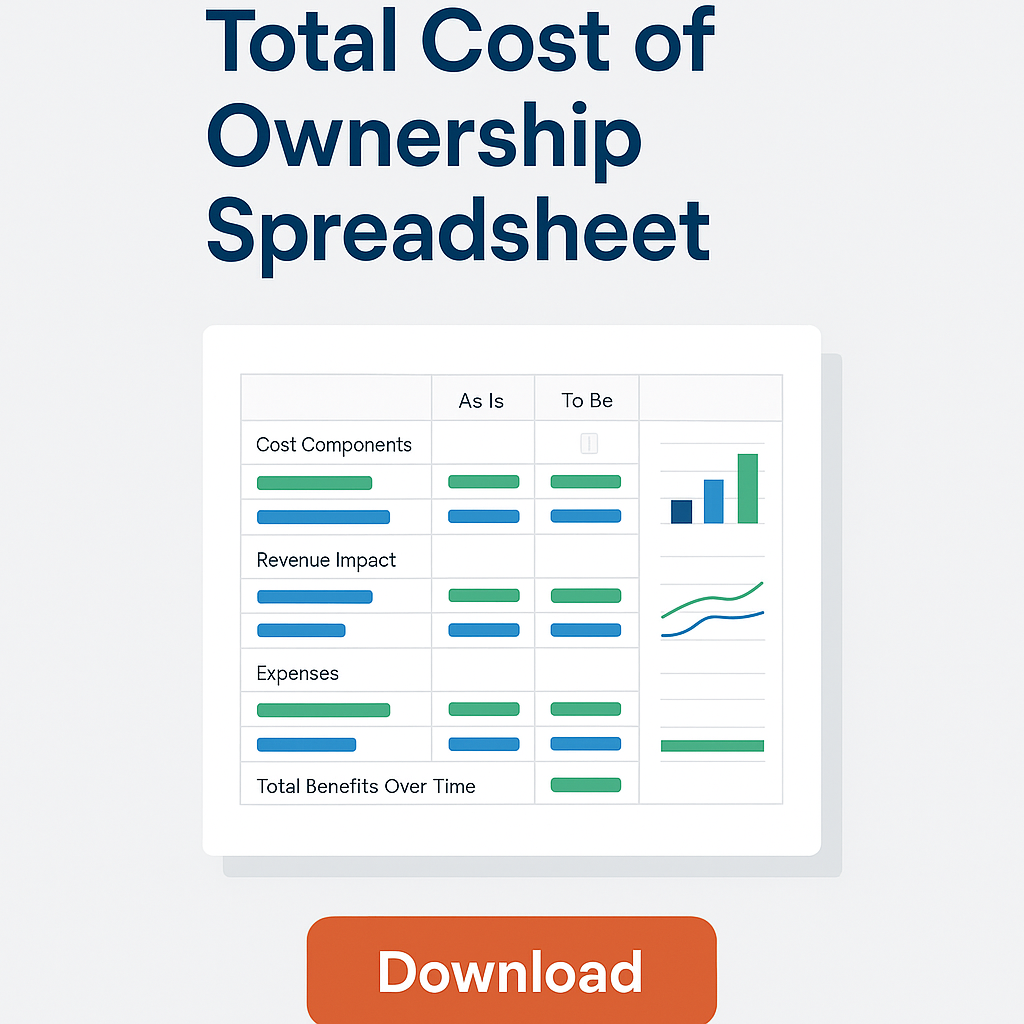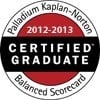How to Determine Your TCO
Have you ever struggled to develop a Total Cost of Ownership number or TCO for a complex system such as a large scale information technology project? It can be a real challenge if you don't know where to start.

What's hidden often times makes up the most important elements of a system's overall cost.
TCO Goes Far Beyond Initial Purchase Price
The total cost of ownership must be compared to the total benefits of ownership ( TBO ) to determine the viability of a purchase. Total cost of ownership of an IT product covers not just the initial purchase prices, but costs of operating that product across its lifespan -- when it is retired by an organization.
Just what is TCO anyway? "TCO is defined as the total cost of procuring, using, managing and disposing of an asset over its useful life" Bill Kirwin, Gartner, Father of TCO.
TCO of IT Projects
For IT projects, TCO includes hardware and software acquisition, management and support, communications, end-user expenses and the opportunity cost of downtime, training and other productivity losses.
TCO of Military Projects
This holistic approach to TCO was formalised by the US Department of Defence with a view to assessing the overall costs associated with a defence programme over the long term. This project resulted in the publication of a military standard in the late 1990s which has been updated several times since and will be again. The most relevant part of the military standard is the following:
Total ownership cost (TOC), alternatively referred to as the total cost of ownership, is the sum of all costs associated with the research, development, procurement, personnel, employee training, operating costs, logistical support, including spare parts and disposal of an individual asset.
This cost includes the total supporting infrastructure that plans, manages, and executes that asset’s program over its full life, as well as the cost of requirements for common support items and systems that are incurred because of introducing the particular asset into service.
TOC excludes “non-linked” infrastructure costs that are not affected by the individual asset systems’ development, introduction, deployment or operations. TOC is broader and more encompassing than Life Cycle Cost (LCC).
TCO of Manufacturing Projects
For manufacturing, as TCO is typically compared with doing business overseas, it goes beyond the initial manufacturing cycle time and cost to make parts. TCO includes a variety of cost of doing business items, for example, ship and re-ship, maintenance costs, direct and indirect expenses and opportunity costs, while it also considers incentives developed for an alternative approach.
Business' Require Projects to Have a Financial Justification
In today's challenging business environment, virtually 100% of businesses require a financial justification for systems acquisition. The problem is creating an Apples-to-Apples framework to evaluate various alternatives for you to truly perform meaningful ownership cost analysis using the TCO framework.
TCO and ROI are two of the most common Frameworks.
While ROI is fairly simple as it is a mathematical formula, determining TCO is more complex. While the total cost of ownership can sometimes be mistakenly overlooked, its analysis is essential in preventing unnecessary future losses that can arise from focusing only on the immediate direct costs of a purchase.
TCO Analysis Requires a Common Language
The TCO Framework requires that you capture:
- Direct Costs
- Indirect Costs
For each of these broad general cost categories, you need to collect information in sub-categories such as:
- Management
- Support
Ownership Analysis
Once you have decided what cost categories will be your common cost category standards, you also need to decide on the comparative time periods when you calculate TCO. Many companies use 3 or 5 years, but long life items may require more but beyond 3 to 5 years, the accuracy of any cost figures becomes doubtful.
Many Methodologies and Software Tools Available$$$
Making Data Driven Purchasing Decisions
There are several methodologies and software tools to calculate the total cost of ownership, but the process is not perfect. Many enterprises fail to define a singular methodology. This is bad because they cannot base purchasing decisions on uniform information.
Key Performance Indicators
To further complicate the issue, it is often impossible to define and collect performance metrics from equipment and machinery, without expensive retrofits of instrumentation. Even newer equipment may not have data collection capabilities. This can make it problematic to arrive at a TCO number that everyone agrees upon.
TCO Framework Calculator
If you want to develop a common TCO framework, we have put together a very simple Free TCO calculator template.
TCO Graph Built In
This template has been designed to simplify the calculation of both the TCO of a system and provide you with an easy way to see (TCO Graph) the potential ROI of your project.
People Who Read This Also Read:
- How To Build a SAP SEM BPS Retail Industry Value Case
- SAP Value lifecycle Manager
- Just Your Project Value With Our Business Case Builder Tool
- How To Use SAP Value Engineering Services
- How You Can Compute the Value of a Lead



